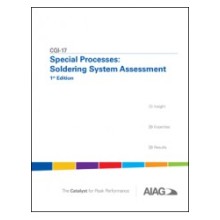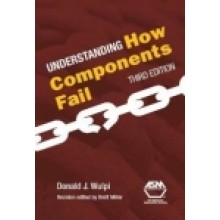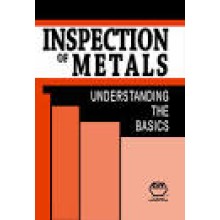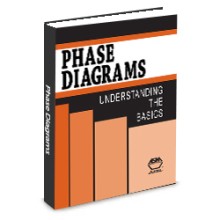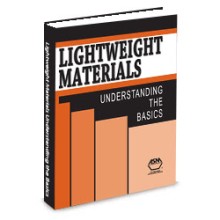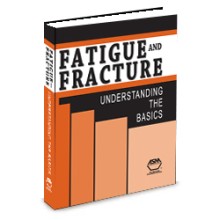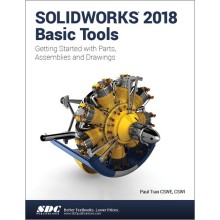Soldering : Understanding the Basics
Quantity:
-
Add to Compare
This book covers various soldering methods and techniques as well as the latest information on solder alloys, solder films, surface preparation, fluxes and cleaning methods, heating methods, inspection techniques, and quality control and reliability. It is geared toward for scientists, material engineers, designers, manufacturing engineers, and technologists who need practical guidance rather than theoretical instruction.
The process of selecting solders has changed. Demanding service environments and rigorous specifications require that the precise details of a soldering process be worked out in advance rather than left to the end. The design of a soldering process has thus become part and parcel of the product design process itself.
Other trends have had tremendous effects as well. Notably, environmental concerns have led to a widespread increase in the use of lead-free solders and much innovation in the soldering processes by which they are applied. Moreover, a drive toward miniaturization has led to sweeping changes in soldering forms and processes for electronics assembly.
Soldering: Understanding the Basics incorporates up-to-date information on this rapidly changing field-an introduction that assumes some basic knowledge of joining processes but does not demand that the reader wade through pages of mathematical formulae.
Preface
Chapter 1 : Soldering - Definition and Differences
Chapter 2 : Solder Filler Materials
Chapter 3 : Lead-Free Solders
Chapter 4 : Fluxes
Chapter 5 : Solder Pastes
Chapter 6 : Soldering Processes and Equipment
Chapter 7 : Soldering in Electronics Assembly
Chapter 8 : Quality Control, Inspection, and Reliability
Chapter 9 : The Future of Soldering
Index
Write a review
Your Name:Your Review: Note: HTML is not translated!
Rating: Bad Good
Enter the code in the box below:
Copyright © 2014 Engineering Standards Bureau. All Rights Reserved.
Developed By Zoom Into Web




